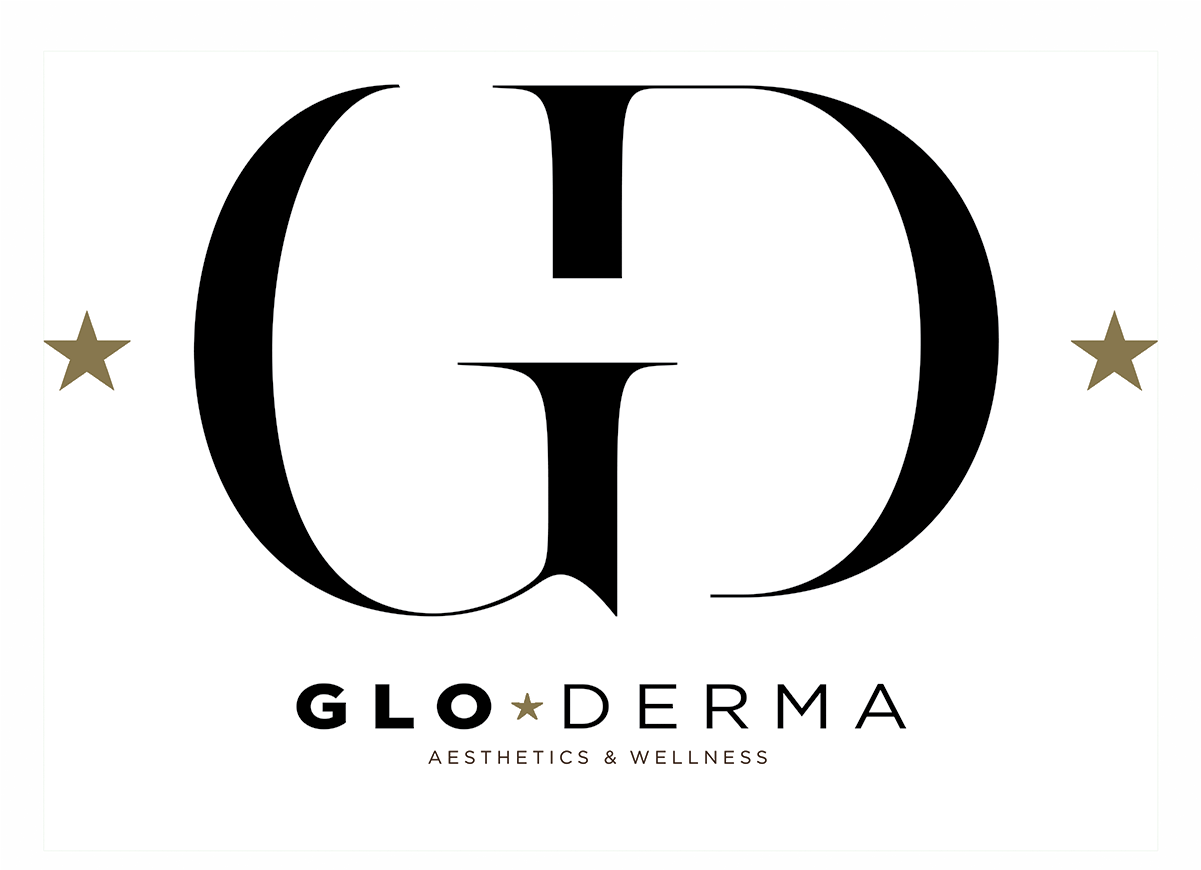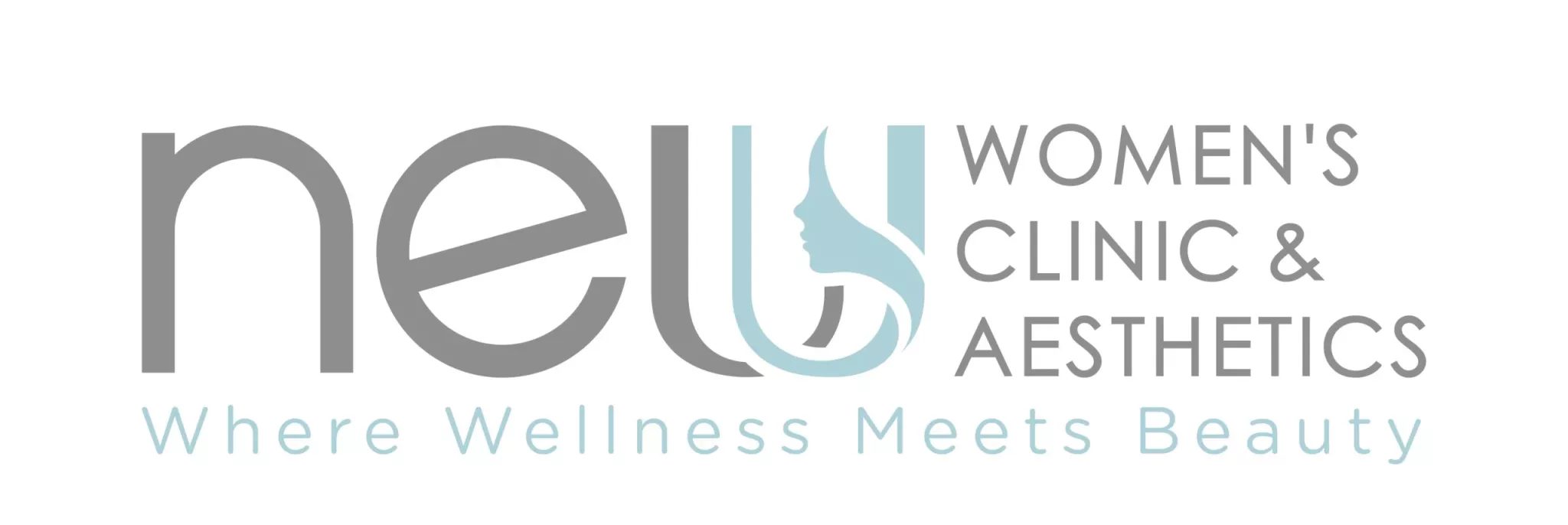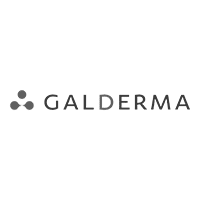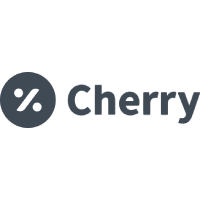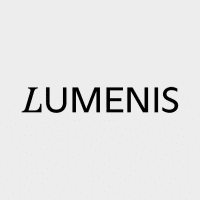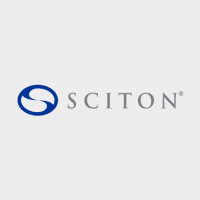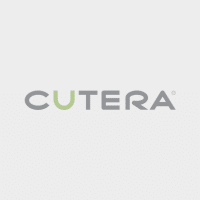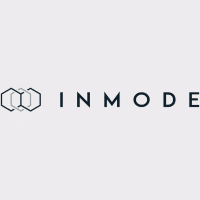
Creating a successful marketing strategy for MED spa landing pages involves both understanding customer needs and how to convert them into potential leads. By understanding the customer journey and ensuring a smooth user experience across all platforms, businesses can ensure their MED spa landing page is a successful tool for generating leads.
The first step in creating a successful media spa landing page marketing strategy is to understand the customer’s needs. It’s important to understand who your target customer is and what they are looking for. That will enable businesses to create content and imagery that resonates with the customer and speaks to their needs. Additionally, customers should be directed to a website that provides an easy-to-navigate experience with clear guidance and a user-friendly design.
Businesses should also ensure that the content on the MED spa landing page is engaging and relevant. Potential customers will be drawn to informative content backed by credible sources and real-life stories. Furthermore, social proof such as customer reviews and ratings can help bolster web page visitors’ trust.
From there, businesses need to ensure their website is optimized for lead capture. This includes leveraging lead capture forms and pop-up forms that are well-placed on the page. Having a lead capture form on the landing page will encourage visitors to fill it out in order to receive additional information. This could result in a potential customer entering their contact details, signifying their intent to purchase.
In addition, businesses should ensure that their MED spa landing page content is well-indexed by search engine bots. Leveraging SEO tactics such as meta descriptions, title tags and keyword optimization can help your website attract search engine traffic while also helping to rank higher in organic search engine results.
It’s also important to make sure that the landing page is integrated with other marketing initiatives, such as pay-per-click advertising, social media campaigns and email marketing. All these tactics should link back to the main landing page, as this can provide added value and encourage visitors to take action.
Finally, businesses should track and analyze their website visitors to gain insight into what works and what doesn’t. Tracking metrics such as website session duration and form captures can help inform an effective strategy. Analyzing the results from campaigns can also help you to understand what tactics are most successful and to make further improvements.
By understanding the customer journey and ensuring your MED spa landing page is well-optimized for user experience, businesses can help generate leads and increase sales. Additionally, integrating lead capture forms and leveraging SEO tactics will also help your website to stay relevant and can result in additional leads. Furthermore, analyzing and tracking marketing campaigns will help to inform an effective strategy. By executing an effective marketing strategy, businesses can see a dramatic increase in positive customer engagement and increased ROI.





